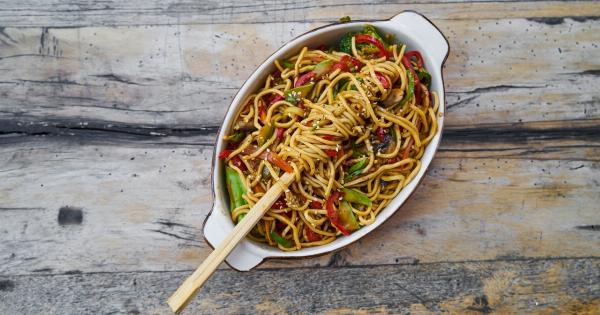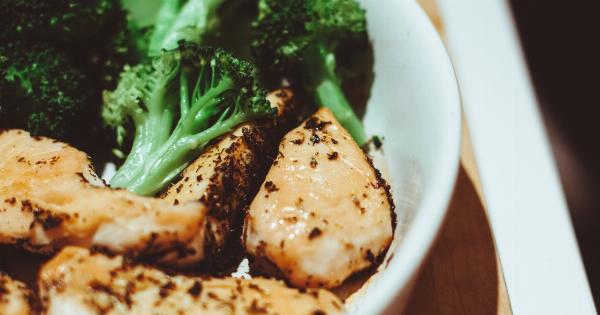Eating vegetables is very important for our health. They are excellent sources of vitamins, minerals, and fiber that help keep our body healthy. However, the way vegetables are cooked can affect their nutritional value.
Overcooked vegetables can lose their vitamins, minerals, and fiber. On the other hand, undercooked vegetables can be hard to digest and may not be as nutritious. So, it is crucial to know the best ways to cook vegetables to retain their nutritional value.
Here are some ways to cook vegetables to keep their nutritional value intact.
1. Steaming
Steaming is one of the healthiest ways to cook vegetables. It allows the vegetables to retain their nutrients, flavor, and texture. Steaming is a cooking method in which the vegetables are cooked in a container that is placed over a pot of boiling water.
The steam from the boiling water cooks the vegetables, making them tender and retaining most of their nutrients. Vegetables that are suitable for steaming include broccoli, carrots, cauliflower, green beans, and asparagus.
2. Roasting
Roasting is another excellent way to cook vegetables. The slow roasting process enhances the flavor of the vegetables and retains their nutrients. Roasting also caramelizes the natural sugars in the vegetables, giving them a crispy texture.
Roasting is ideal for vegetables like potatoes, sweet potatoes, tomatoes, and beets.
3. Grilling
Grilling is a popular way of cooking vegetables. Grilling gives vegetables a smoky flavor, and they retain most of their nutritional value. Grilling is best for vegetables like peppers, zucchini, eggplant, and mushrooms.
4. Stir-Frying
Stir-frying is a quick and healthy way of cooking vegetables. It involves cooking vegetables in a hot, oiled pan for a few minutes until they are tender. This method helps retain the nutrients in the vegetables.
Stir-frying is best suited for vegetables like leafy greens, broccoli, and bell peppers.
5. Boiling
Boiling vegetables is a simple way of cooking them, but it can cause them to lose some of their nutrients. Boiling can also make the vegetables soggy.
To minimize nutrient loss, boil the vegetables for a minimal time, and use the cooking water in another dish like soup or gravy. Boiling is best for vegetables like cabbage, cauliflower, and green beans.
6. Microwaving
Microwaving is a quick and easy way of cooking vegetables. It helps retain the nutrients in vegetables as well. Microwaving is best suited for vegetables like potatoes, carrots, and squash.
7. Sous Vide Cooking
Sous vide cooking is a method in which the vegetables are cooked in a vacuum-sealed bag in a water bath at a precise temperature. This method helps retain the nutrients, flavor, and texture of the vegetables.
Sous vide cooking is best for vegetables like carrots, beets, and potatoes.
8. Pressure Cooking
Pressure cooking is a quick way of cooking vegetables that helps retain their nutrients. Vegetables are cooked at high pressure in a sealed pot, which reduces the cooking time and helps retain the nutrients.
Pressure cooking is best suited for vegetables like squash, potatoes, and beets.
9. Raw
Eating vegetables raw is the best way to retain all the nutrients. Raw vegetables contain all the fiber, vitamins, and minerals that are essential for our health. Eating raw vegetables can also help with weight loss, digestion, and skin health.
Some of the best raw vegetables include carrots, celery, cucumber, and broccoli.
Conclusion
The way vegetables are cooked can affect the nutritional value of the food we eat. Steaming, roasting, grilling, stir-frying, boiling, microwaving, sous vide cooking, pressure cooking, and eating raw are different ways of cooking vegetables.
However, it is important to cook vegetables properly to retain their nutritional value.































